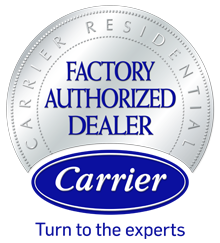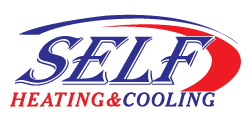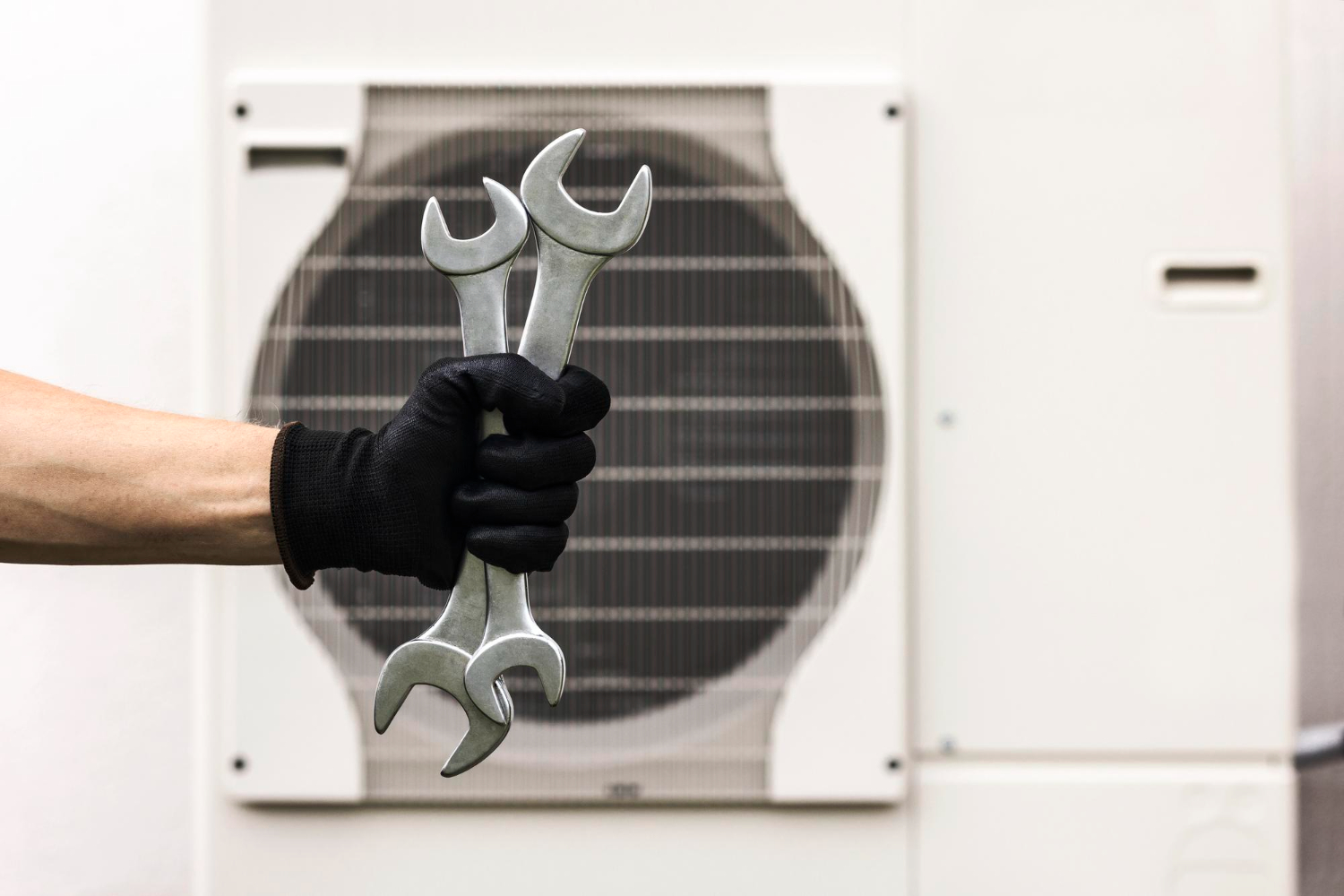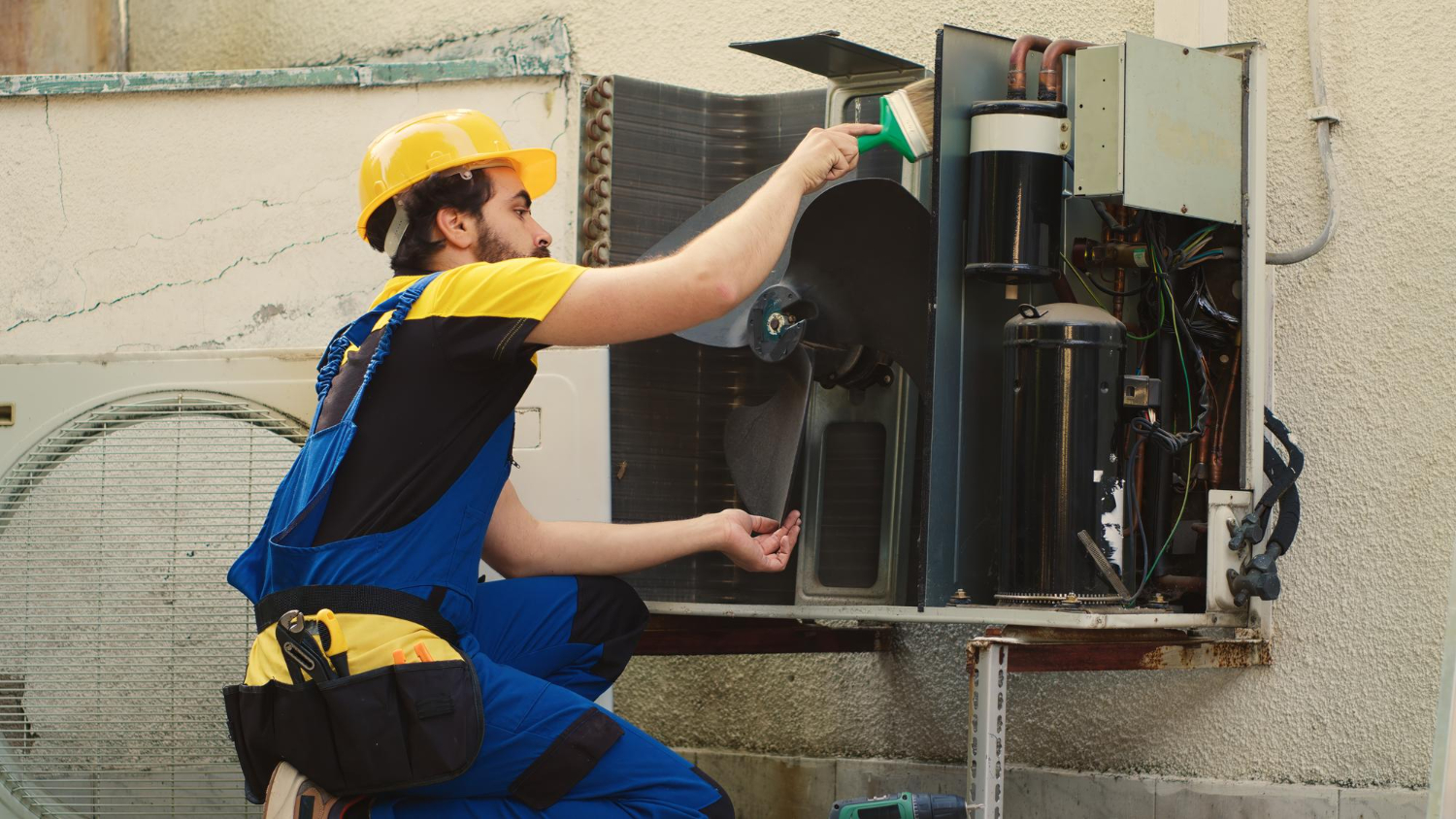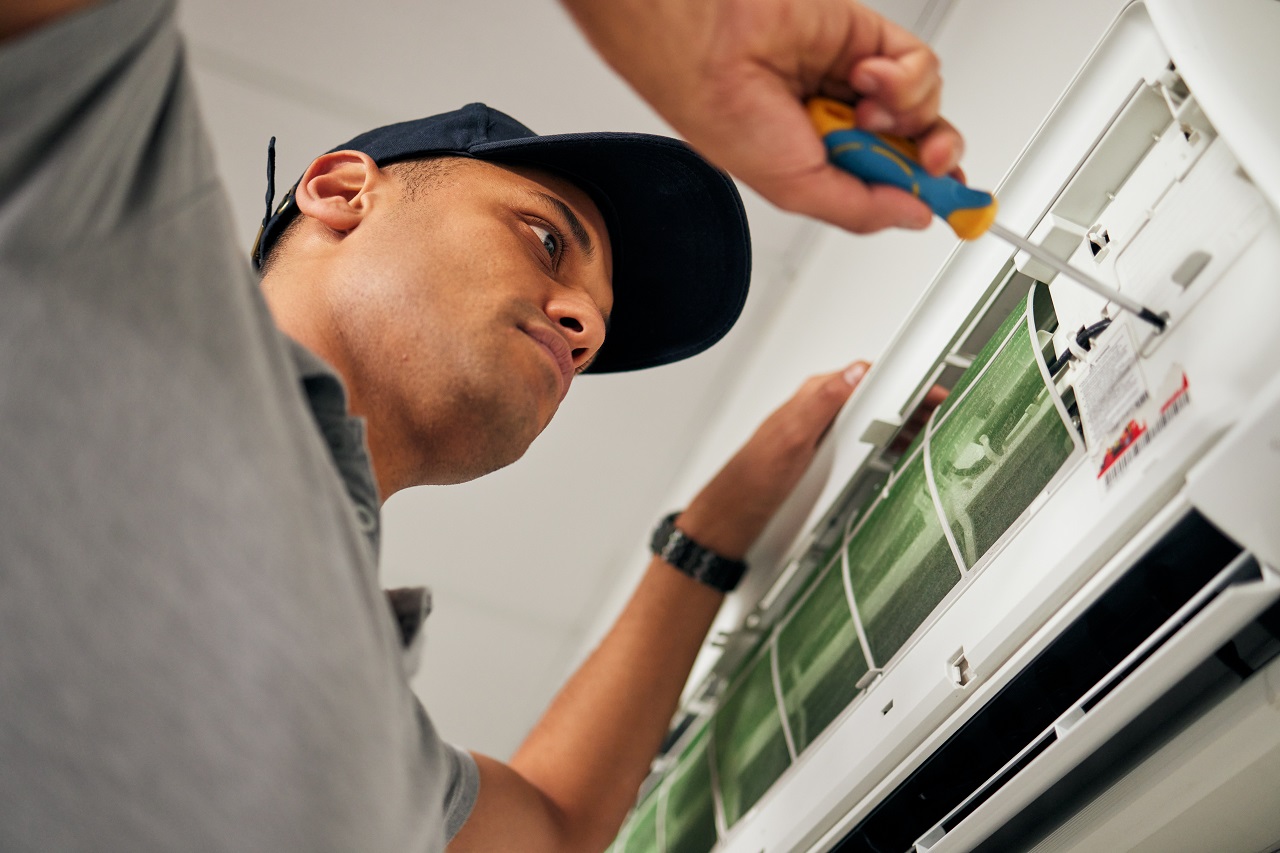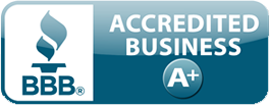Spring in Decatur brings a refreshing change, but it can also present unique challenges for homeowners with heat pumps. As the weather transitions from cold to warm, many heat pump owners encounter the frustrating issue of their systems freezing up unexpectedly. Understanding the underlying reasons for this problem is crucial to maintaining a comfortable environment in your home.
Spring is the perfect time for homeowners in Smyrna to focus on ensuring their heating, ventilation, and air conditioning (HVAC) systems are ready for the upcoming warmer months. As temperatures begin to rise, giving your HVAC system the attention it deserves will help maintain a comfortable indoor environment and keep energy costs under control. Spring maintenance tasks are essential to prevent unwanted breakdowns and extend the lifespan of your system. Without taking action now, you might find yourself sweating through the summer due to inadequate indoor cooling or facing unexpected repair bills.
In Atlanta, where weather conditions can change rapidly, owning a fully functional HVAC system is essential for maintaining comfort and safety in your home. Emergencies involving HVAC systems can arise unexpectedly and require immediate attention to prevent further issues. Recognizing these emergencies and understanding how to respond is crucial. From the sweltering heat of summer to the chill of winter, any failure in heating or cooling systems can disrupt your day-to-day life, impacting comfort and even health.
As homeowners in Roswell look to maintain year-round comfort and efficiency in their homes, energy-efficient heating and cooling systems have become more essential than ever. One of the most effective ways to enhance home comfort and reduce energy costs is by exploring advances in heat pump technology. Modern heat pumps offer an array of energy-saving features that make them an attractive choice for homeowners seeking to reduce their carbon footprint while maintaining ideal indoor temperatures.
Preparing for a new air conditioning system involves more than just buying the unit. Making sure your home is ready for the installation is a crucial step to ensure everything goes smoothly on the big day. Proper preparation can enhance the efficiency of your new system and prevent any hitches during the installation. For Woodstock residents, understanding what needs to be done before the professionals arrive can make a significant difference in the longevity and performance of the new AC system.


